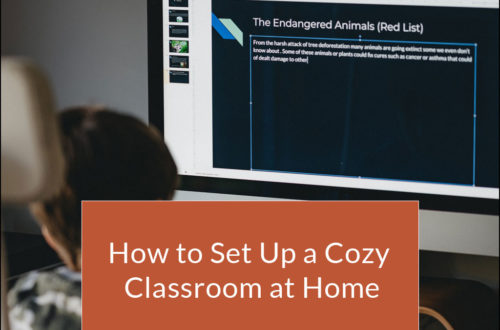
Embracing Hygge in Classrooms: A Cozy and Effective Learning Environment
The Danish concept of ‘hygge’ (pronounced ‘hoo-ga’) is not merely a trend, but a lifestyle that embraces comfort, contentment, and well-being through enjoying simple things in life. Although often associated with warm fires, cozy blankets, and candlelight, the core of hygge is a sense of peace, togetherness, and satisfaction. While it’s commonly applied in homes, there’s no reason why we can’t extend this philosophy to classrooms. This article delves into how hygge can enhance the classroom experience, making it a more conducive and comfortable space for learning.
Cozifying the Classroom: A Hygge Approach
So, how can you bring hygge into your classroom?
Start by fostering a sense of togetherness and comfort. Embrace a classroom layout that promotes collaboration and interaction. Arrange desks in a circle or in small clusters rather than traditional rows, encouraging students to engage in group discussions and collaborative learning. This promotes a sense of community, an essential aspect of the hygge lifestyle.
Next, let’s talk about lighting. The harsh overhead lights often found in classrooms can be intense and create a sterile environment. Try to incorporate natural light as much as possible. If your classroom has windows, use them to your advantage. You can also use softer, warmer lighting options, such as desk lamps or fairy lights, to create a more welcoming and cozy atmosphere.
Include soft, comfortable furnishings. Think about bean bags, rugs, or even cushions. A cozy reading corner with comfortable seating and plenty of books can create a hygge atmosphere that encourages students to spend time reading or studying.
Calming Colors for Classrooms
The colors of your classroom can greatly influence the mood and energy of the space. When selecting colors, consider those that evoke feelings of calmness and comfort.
Shades of blue, often associated with the sky and the ocean, promote a sense of calm, relaxation, and concentration. Green, reminiscent of nature, can improve efficiency and focus while reducing eye fatigue. Neutral colors such as beige, taupe, or cream are also good choices, as they provide a relaxing and inviting feel to the room. Consider also adding touches of warmer colors like yellow or orange, known to stimulate creativity and enthusiasm, but in a balanced way to avoid overstimulation.
The Ideal Classroom Environment: A Hygge Perspective
The ideal classroom environment is one that not only facilitates learning but also fosters students’ well-being. From a hygge perspective, this involves creating a space that feels safe, comfortable, and welcoming.
The physical environment should be clean, organized, and aesthetically pleasing, with students’ artwork, projects, or other meaningful decorations displayed. This gives students a sense of ownership and pride in their learning environment.
A sense of community and respect is also vital. Establish a classroom culture where every student feels valued and their ideas are heard. Regularly engaging in class discussions or group activities can foster this environment.
The Ideal Classroom for Effective Learning
The ideal classroom for effective learning should cater to the diverse needs and learning styles of students. Hygge can play a role here, too.
Variety is key. A mixture of traditional desks, comfortable seating options, and open spaces for group activities can cater to different learning situations. Access to resources, like books, technology, and manipulatives, is also important.
A hygge classroom also promotes mindfulness. Consider incorporating activities that encourage students to be present and focused, such as short meditation sessions or mindfulness exercises.
Lastly, outdoor learning experiences align well with the hygge philosophy. As beautifully expressed in the book, “There’s No Such Thing as Bad Weather”, these experiences can foster resilience, confidence, and a love for nature in children.
By embracing hygge in classrooms, we can create learning environments that are not only effective but also promote happiness and well-being. After all, isn’t that the kind of environment we want our children to learn in?




